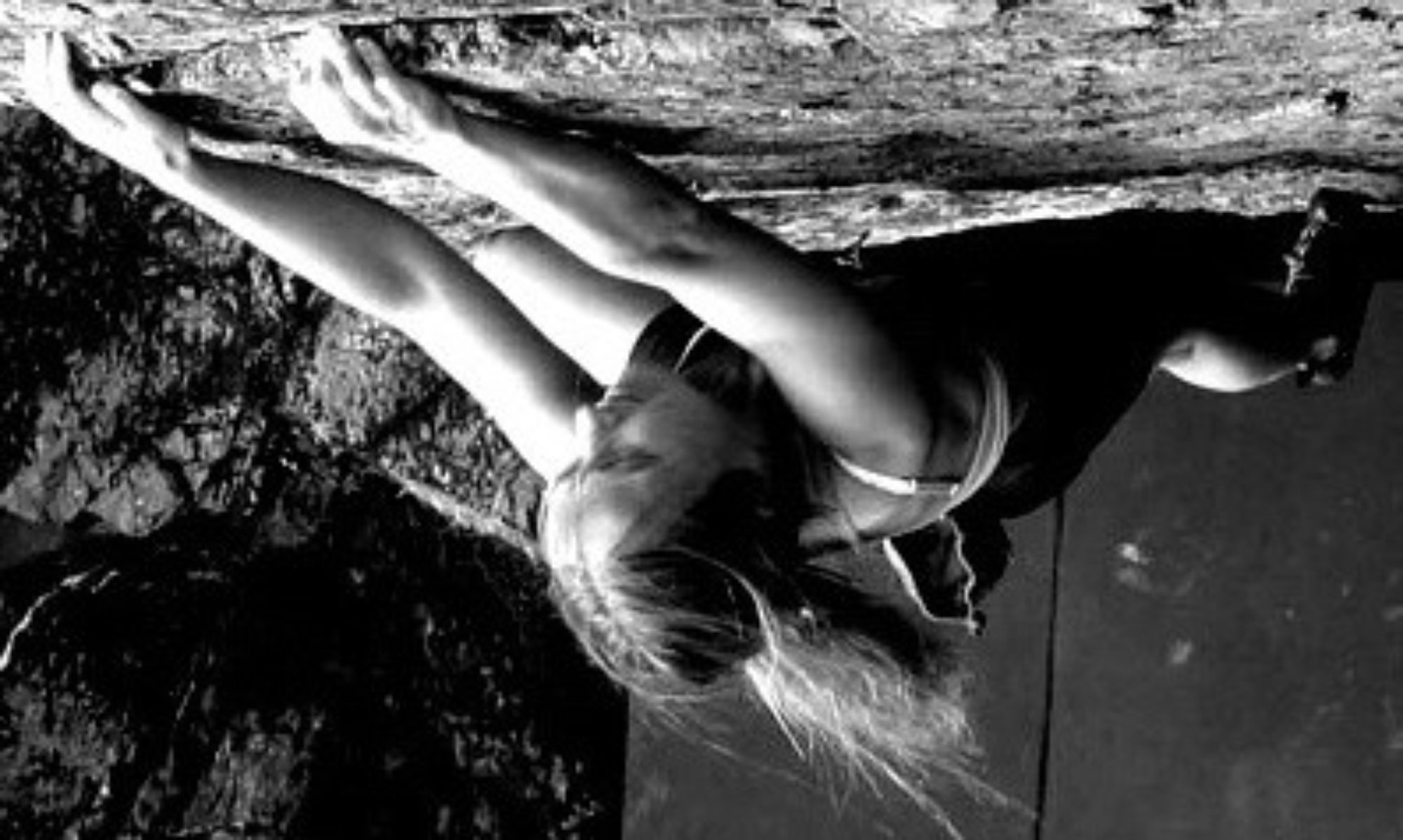

exertion [RPE] during a variety of exercise paradigms.
Sports science says, breathing frequency is a strong marker of physical effort and is the best correlate of perceived exertion.
Perceived exertion is the effort intensity, stress, fatigue or discomfort felt during exercise. It is subjective. If you use Strava or similar tracking apps you will be familiar with using RPE.
Sports science says our breathing frequency (rate) is a strong marker of physical effort.
“Respiratory frequency (fR) is emerging as a valuable measurement for training monitoring,” and “more information can be gained from fR. Unlike heart rate, VO2, and blood lactate, fR is strongly associated with perceived exertion during a variety of exercise paradigms, and under several experimental interventions affecting performance like muscle fatigue, glycogen depletion, heat exposure and hypoxia. This suggests that fR is a strong marker of physical effort.”[1]
Breathing frequency has a strong linear relationship with perception of effort/ perceived exertion (RPE).
“In conclusion, fR [respiratory frequency], but not VE [minute ventilation], HR [heart rate] or VO2 [volume of oxygen], shows a strong relationship to RPE [Rate of Perceived Exertion] and a similar time course, irrespective of exercise duration.”[2]
A study compared Adam Ondra’s and Štěpán Stráník’s breathing frequency, minute ventilation and heart rate, climbing the same route.
Minute ventilation (VE) is the amount of air breathed per minute and can be anything between 6 L/min at rest to over 100 litres per minute during intense exercise. Extreme levels can reach 200 L/min, for prolonged periods, by Olympic Nordic cross-country skiers!
Increasing respiratory rate (breathing faster) or tidal volume (quantity of air breathed in/ taking a deeper breath) increases minute ventilation (air breathed per minute).
Tidal volume is best increased though diaphragmatic activation, not breathing faster. Athletes tend to have a higher tidal volume (TV).
Minute ventilation (VE) = Breathing rate x Tidal volume. For example: 12 x 0.5L = 6 Litres a minute.
Adam Ondra and Štěpán Stráník climbed the hardest route of the HUDY climbing wall in Brno – graded 8b.
The authors of the study say:
“In comparison with Adam’s record (Silence is rated at 9c) it is a relatively easy route but for most Czech top climbers it’s the maximum difficulty. The aim of the experiment was to compare Adam’s style with that of another climber, so that route was perfect.”[3]
Adam and Štěpán both wore a biofeedback device (Hexoskin) while they climbed.
See this critical review [4] on biofeedback equipment/ wearable devices which are advancing at a fast rate.
Adam’s breathing rate and minute ventilation.
Adam’s breathing rate climbing this 8b was 14 breaths per minute (bpm). His minute ventilation (VE) while climbing was 35.03 l/ min.
His breathing rate barely increased. Instead, he increased his tidal volume (breathed deeper).
Sports science says well trained athletes are more likely to increase tidal volume (TV) and not breathing rate:
“In moderate exercise, well trained athletes maintain alveolar ventilation by increasing TV [tidal volume] with only a small increase in breathing rate.”[5]
The speed of our breathing tells us how much effort we are putting into an activity. His breathing rate suggests the route was easy for him.
Štěpán’s breathing rate was twice the speed of Adam’s.
Štěpán’s breathing rate was twice the speed (36 rpm). His minute ventilation was 67.97 litres/minute.
His breathing rate, compared to Adam’s, shows the climbing was more difficult for him.
In this case Štěpán’s breathing was not as efficient.
This is a clear example of breathing rate being a strong marker of physical effort. There are clear differences between Adam and Štěpán.
- The physical effort for Adam to climb the route is low.
- His perceived effort is low and this shows in his breathing rate.
- He breathes easy and he is not out of breath which suggest he has a higher aerobic threshold.
- Adam increases his tidal volume by taking deeper breaths.
Breathing rate could be the most accurate indicator of rock-climbing induced physical and mental stress.
Monitoring or controlling breathing rate before (for mindfulness/ anxiety/ focus), during (for perceived exertion/ efficiency/ emotional regulation/ focus) and after climbing (for recovery/ relaxation) is valuable for any climber (beginner to elite).
Pranaclimb. Love, Breathe, Climb.
REFERENCES.
[1] Respiratory Frequency during Exercise: The Neglected Physiological Measure (2017) Andrea Nicolò, Carlo Massaroni2 and Louis Passfield3,4*
[2] Respiratory frequency is strongly associated with perceived exertion during time trials of different duration. Nicolò A1, Marcora SM2, Sacchetti M1. (2016)
[3] Adam Ondra hung with sensors. What makes him the world’s best climber? Jan Boček, Jan Cibulka, Michaela Danelová, Damian Machaj a Robert Candra | 14 Sep 2018
[4] A Critical Review of Consumer Wearables, Mobile Applications, and Equipment for Providing Biofeedback, Monitoring Stress, and Sleep in Physically Active Populations (2018). Jonathan M. Peake,1,2,* Graham Kerr,3 and John P. Sullivan4
[5] Exercise Physiology: Nutrition, Energy, and Human Performance (2014). By William D. McArdle, Frank I. Katch, Victor L.
[6] Physiology of sport rock climbing. AW Sheel.
[7] The Relationship between Climbing Ability and Physiological Responses to Rock Climbing (2014). Jiří Baláš, 1 Michaela Panáčková, 1 Barbora Strejcová, 1 Andrew J. Martin, 2 Darryl J. Cochrane, 2 Miloš Kaláb, 1 Jan Kodejška, 1 and Nick Draper 3.
